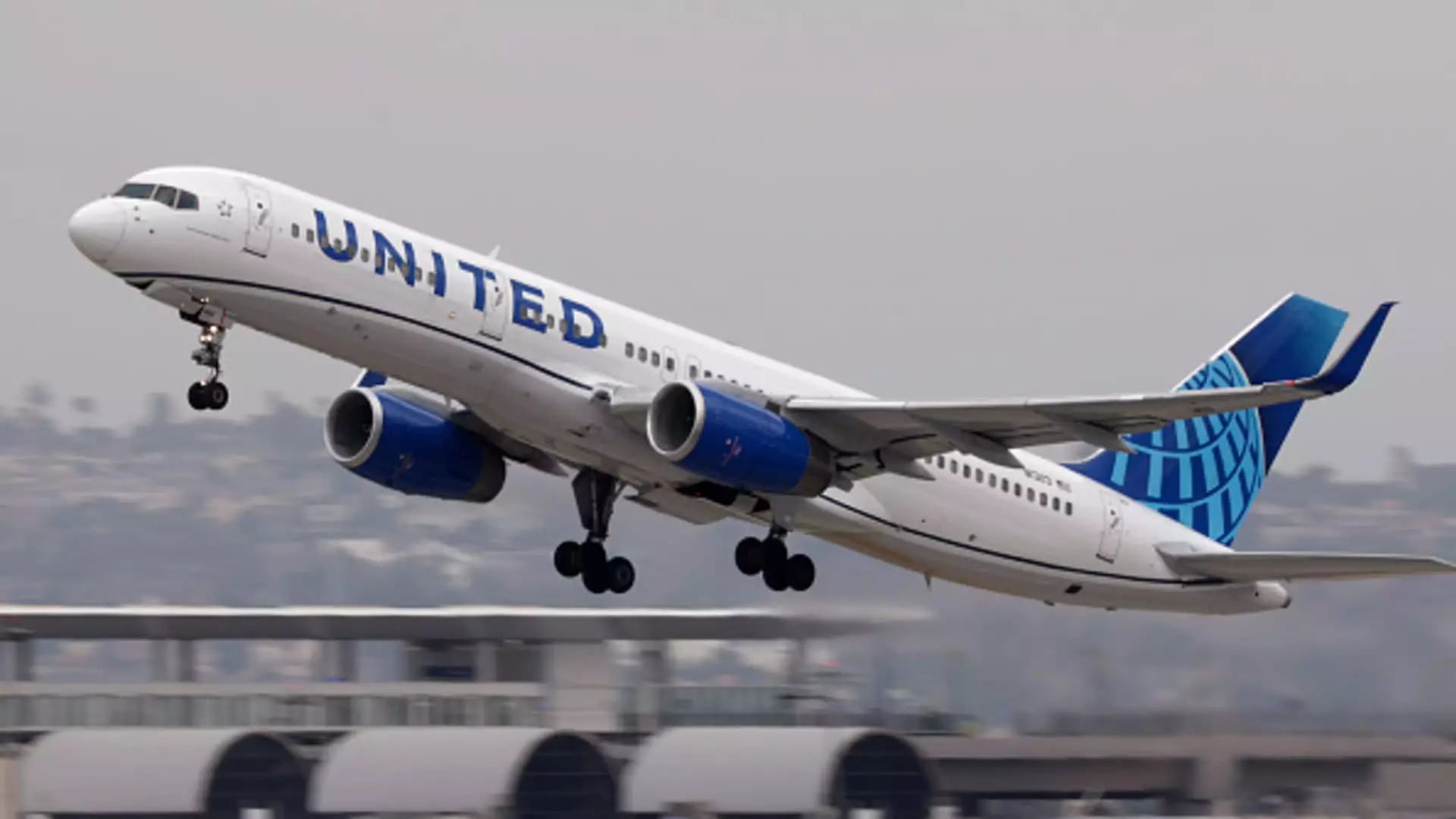As 2025 approaches, United Airlines is implementing significant changes to its MileagePlus loyalty program. Customers aiming to achieve elite status will face increased thresholds, a strategy that reflects the airline’s shift toward profitability and exclusivity amid a competitive market. With the travel landscape evolving rapidly, this move raises questions regarding value, customer loyalty, and the future of airline rewards.
The new requirements for frequent flyers will see a hike of approximately 25%. This adjustment means that in order to qualify for the entry-level Silver Premier status, customers must now accumulate 5,000 Premier Qualifying Points (PQP) and complete 15 qualifying flights. This is an increase from the previous benchmarks of 4,000 PQP and 12 flights. Moreover, those seeking status purely based on spending will now need to reach 6,000 PQP, a rise from 5,000. The underlying trend is clear: airlines like United are prioritizing revenue over mere travel frequency, which is increasingly common among major carriers.
For years, airlines have revised their loyalty programs to focus on how much a traveler spends rather than merely the miles they fly. Co-branded credit cards play a pivotal role in this approach, offering additional incentive for customers to engage with both the airline and its banking partnerships. United’s new structure allows travelers to earn 1 PQP for every $1 spent on flights and similarly through select co-branded credit cards. This push for spending equivalency over flight count signifies a strategic pivot aimed at cultivating high-spending travelers, while leaving budget-conscious fliers feeling sidelined.
United’s changes are not without implications for customer experience. As more travelers secure elite status through increased spending, the consequence is an overcrowding of airport lounges and boarding processes. What was once an exclusive advantage for loyal customers risks becoming diluted as the ranks of elite flyers swell. This commodification of loyalty may lead to dissatisfaction among long-time fliers who valued the distances traveled more than the dollars spent.
United’s revisions come in tandem with moves from competitors like American Airlines and Delta Air Lines, all of whom have been scrutinizing their loyalty frameworks. The overarching goal remains consistent: streamline operations while enhancing profitability. However, as each airline adjusts its rewards system, the collective shift may compel customers to reconsider their brand loyalties, putting additional pressure on airlines to maintain appeal amidst heightened competition.
The new MileagePlus earning thresholds bring both opportunity and challenge for travelers in an ever-competitive airline market. While flying high-spending customers may find solace in the expanding elite ranks, traditional frequent fliers are left to question the viability of their long-standing loyalty. This strategic realignment may benefit the airlines, but it necessitates careful consideration by travelers planning their future journeys. As we navigate through these changes, the essence of loyalty will continue to be tested against the backdrop of evolving consumer expectations and corporate financial goals.

